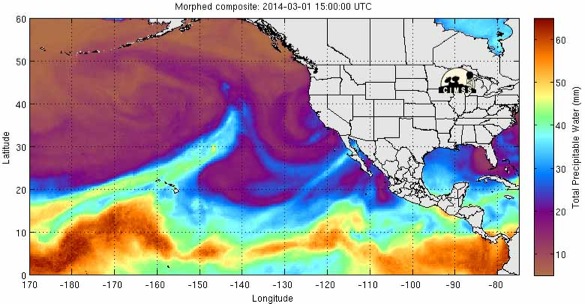Applications
In the solid Earth disciplines, TLALOCNet will sustain and enhance continued detailed studies of the earthquake cycle, with potential downstream applications for earthquake forecasting. The Mexico subduction zone is a nearly ideal laboratory for detailed GPS studies of the subduction earthquake cycle, including coseismic rupture, postseismic fault afterslip and viscoelastic rebound, episodic tremor and slip, and interseismic elastic strain. Accordingly, TLALOCNet will provide a wealth of observations on the subduction earthquake cycle. In particular, episodic tremor and slip, first discovered a decade ago in Cascadia and Japan, is now being studied intensively in Mexico to better ascertain the temporal and physical relationship, if any, with the genesis of shallow-thrust earthquakes that endanger populations living near major subduction zones worldwide. Lastly, TLALOCNet will provide additional constraints on North America – Pacific plate motion at a critical transition from oceanic to continental transform faulting.

Research stimulated by TLALOCNet promises fundamental improvements in climate research and weather forecasts in large areas of Mexico and the United States, with broad implications for both societies. For example, over decadal time scales, climate models predict that the currently arid parts of northern Mexico and the southwestern U.S. will become even drier, raising concerns about the sustainability of agricultural production and exports critical to the regional populations and economies of both countries. Rising global temperatures are expected to intensify drought and heavy rainfall events across Mexico and adjacent areas of the U.S., with serious local and regional consequences.